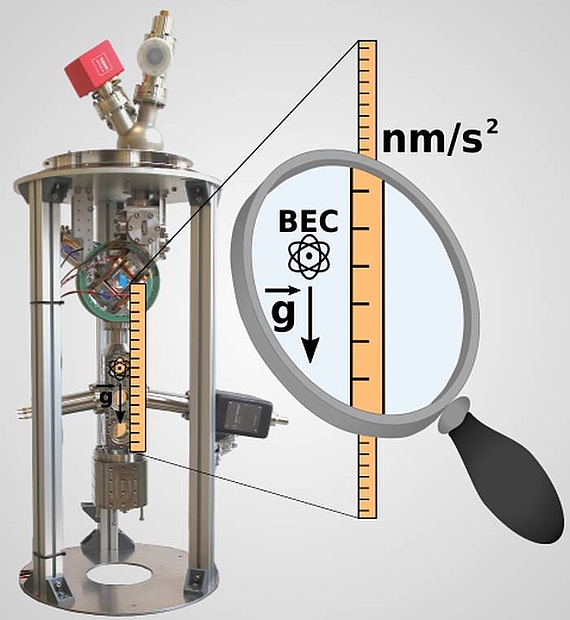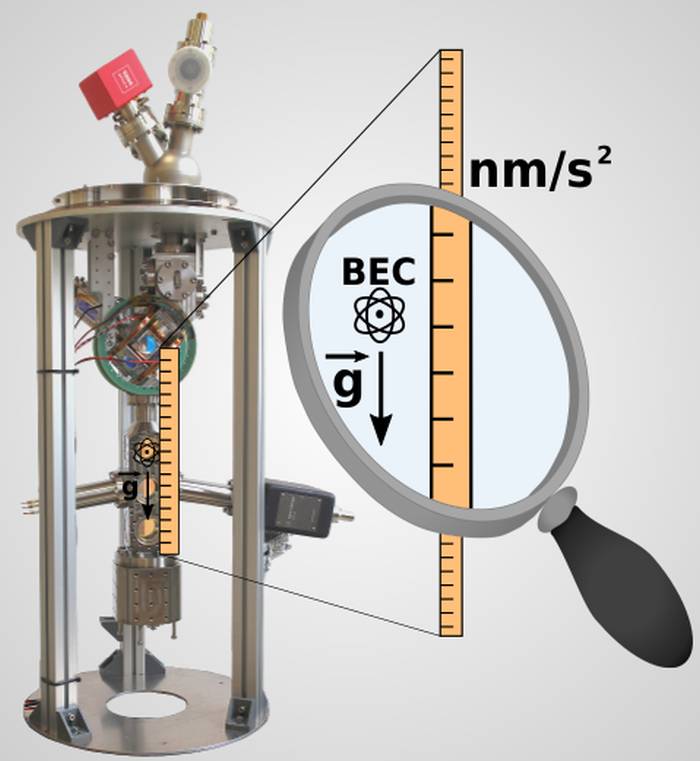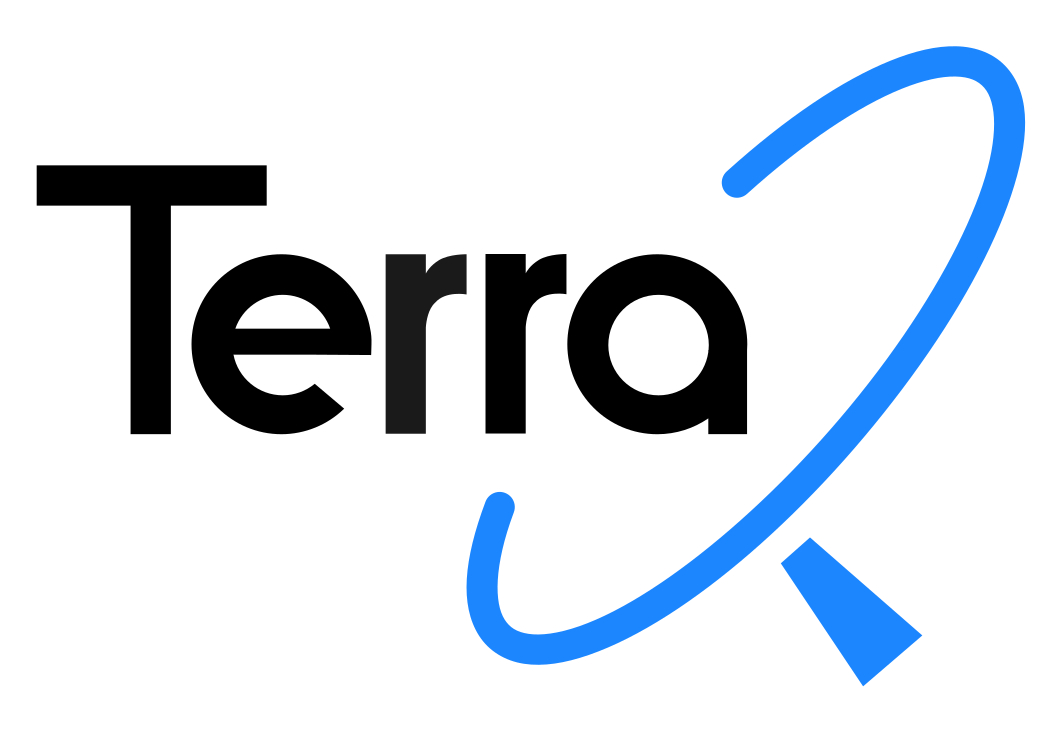Within TerraQ we aim to establish atom-chip based Quantum Gravimetry with Bose-Einstein condensates (BECs) and explore its potential for mobile gravimetry. Deploying QG-1 (Quantum Gravimeter) with steadily increasing frequency and performance in measurement campaigns for C01, A05 and C05 will allow us to prove the in-field applicability of the associated methods and demonstrate an operation of QG-1 under varying, rough conditions. Moreover, this cooperation within TerraQ will allow us to sound out the potential of BEC interferometry for geodetic measurements. Novel measurement strategies with anticipated so far unrivalled inaccuracies on the low nm/s2 level will be devised. These measurements performed with our long-term stable and accurate device will lead to independent reference or anchors for gravity changes. Such anchor points for C01 and C05 will allow for a reduction of long-term drift from today used measurement devices. By episodic participation to the measurement campaigns of C01 and C05 these drift-corrections can be applied, giving more accurate information of mass transport phenomena leading to gravity changes. In between the measurement campaigns, QG-1 will be upgraded to become more user friendly, faster in data acquisition and more accurate. For the first measurement campaigns we plan to demonstrate the applicability of QG-1 with an initial instability reaching <10 nm/s2 after 104 s of integration time and a preliminary accuracy of <30 nm/s2. This performance is already on par with other deployed devices and sufficient for measurement campaigns within C01 and C05. Thereafter, we plan to increase the single-shot sensitivity of QG-1 to <50 nm/s2 by increasing it’s measurement protocol to the full baseline of 2T = 200 ms and by increasing the contrast of the interferometric measurement to >95%, using pulse shaping techniques.


 ©
IQO/LUH
©
IQO/LUH
To be able to approach the full use of this single-shot sensitivity, ambient vibrational noise needs to be suppressed sufficiently. Typically, a bulky, difficult to adjust, passive or even active vibration isolation platform is used for this purpose. Within TerraQ we want to remove this obstacle by implementing sensor fusion concepts to mitigate ambient vibration noise by correlation measurements with motion sensors instead of using a vibration isolation platform. We anticipate to reach an instability of <10 nm/ s2 after only 100 s of integration time and an eased operation of QG-1. In the first phase of TerraQ, effects giving rise to a bias of the measured gravity value have to be investigated in order to establish a first uncertainty budget for QG-1. To reach an initial inaccuracy of <30 nm/ s2 mainly the absolute reference light frequency, the self-gravity, the magnetic field, the vertical alignment procedure, and especially the light shifts induced by the Bragg process need to be assessed. The latter is a so far unexplored territory. To venture deeper into the nm/ s2 range, the current two main limiting effects for atom interferometers will be studied intensely. Both effects stem from the insufficient control of the external degrees of freedom of the atomic ensembles, namely the centre of mass motion and expansion rate. We plan to reduce both by using our atom-chip approach and the magnetic lensing technique. By doing so, we estimate to reach an inaccuracy of <5 nm/ s2. In this regime of accuracy, other effects can become limiting. On the one hand, the residual internal interaction energy of the expanded, yet still compact BEC, and on the other hand, the additional acceleration of the atomic ensemble due to the Black-body radiation background field will give rise to a bias in the measurement. A study of these two novel effects for Quantum Gravimetry is planned for the fourth year of TerraQ.
Objectives of A01 - Quantum Gravimetry
- Investigate and exploit the long-term stability of QG-1 in field campaigns for ground water monitoring within the projects C01 and C05
- Implement sensor fusion concepts in cooperation with A02 to make the use of the bulky vibration isolation platform obsolete and reduce the instability of QG-1 to <10 nm/s² after 100 s of integration time
- Investigate inaccuracy estimations of QG-1 down to <5 nm/s² and perform comparison campaigns with FG5X and A02
Executing Persons
Principal Investigators
Early Career Researchers
Publications
Showing results 1 - 4 out of 4












